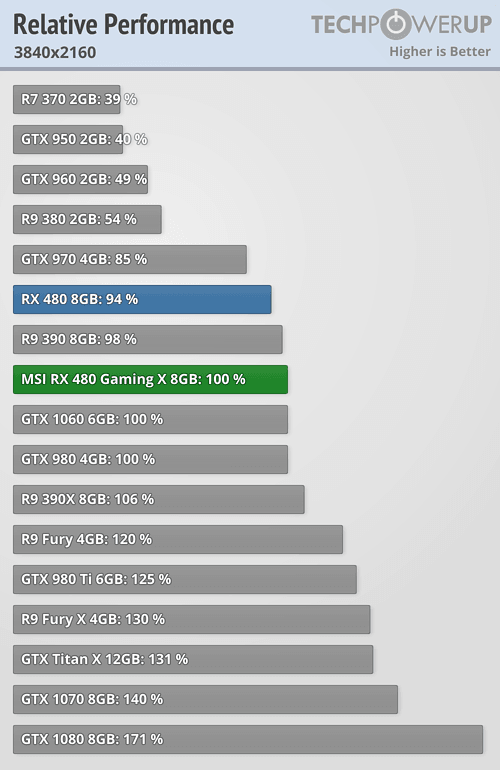Warrior
[H]F Junkie
- Joined
- Oct 13, 2004
- Messages
- 13,838
Actually, I'm in the chip making and semi-conductor industry, I know how long R&D takes... You apparently don't. If you honestly think a company can compete with a card in a matter of a few months, you're greatly mistaking and need to read up on the process. The Fury X was in R&D for probably a year or more... And having sample silicon to test around 6 months later. JUST the tools alone needed to build the NEW kind of memory, was in it's own R&D probably for a year or 2 before. They have to figure out how to make the shit, lol, seeing how it's a BRAND NEW process of stacking memory. Which BTW, AMD doesn't do this R&D, 3rd party Tool makers do (where I work...). So, to say a company brings something out to compete with something that released within the same month or a few months after is kind of a hard argument. Most of the time they are mainly trying to beat their competitions previous flagship, and if they can get close to their companies next flagship, that's all just gravy.so yeah, all of your logic it's absolutelly wrong..
If you knew what I did about the semi-conductor industry, your head would explode.... Let me give you a small incite... both companies are sand bagging. All the way to the bank. lol... Just come along for the ride.
![[H]ard|Forum](/styles/hardforum/xenforo/logo_dark.png)

